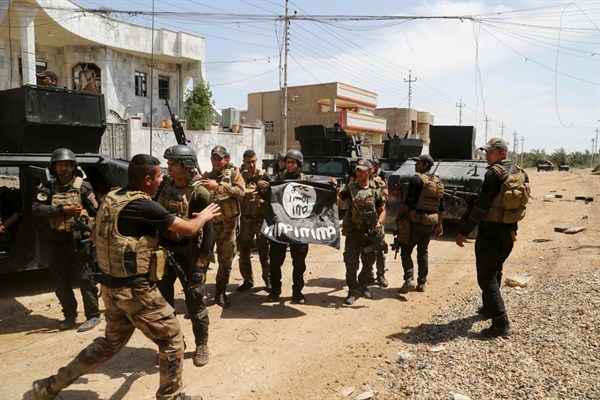Two years ago the conflict between the self-styled Islamic State (ISIS) and the government of Iraq saw dramatic, unexpected shifts, as large swaths of territory and major cities changed hands. The battle lines moved back and forth. For a while it seemed that the extremists might march triumphantly into Baghdad. But then the Iraqi government and security forces regained their bearing and held on. Slowly the tide turned, at least a bit. Since then, anti-ISIS militias have grown stronger; U.S. air attacks have crippled the group; and the coalition fighting the movement has made strides in shutting down its access to money and foreign recruits.
As is so often the case in counterinsurgency, the Iraqi government and its supporters have become sanguine, believing that they are on track for victory. They have regained “the momentum,” in U.S. President Barack Obama’s words. But according to the paradoxical logic of strategy, even successful actions have diminishing returns, and what works today often won’t work tomorrow. For this reason, rather than standing pat on its current approach, the United States should take a hard look at its strategy and think about how the conflict might unfold in the coming years.
Insurgencies often follow a similar life cycle. In their early stages, extremist movements are desperate for attention, struggling to get noticed in a crowded field of groups dissatisfied with the political status quo. This pushes them toward dramatic violence such as terrorism or barbarism like the Islamic State’s videotaped beheadings and other public executions. Terrorism appeals to young extremist movements because its psychological effects are great in proportion to the resources required.

